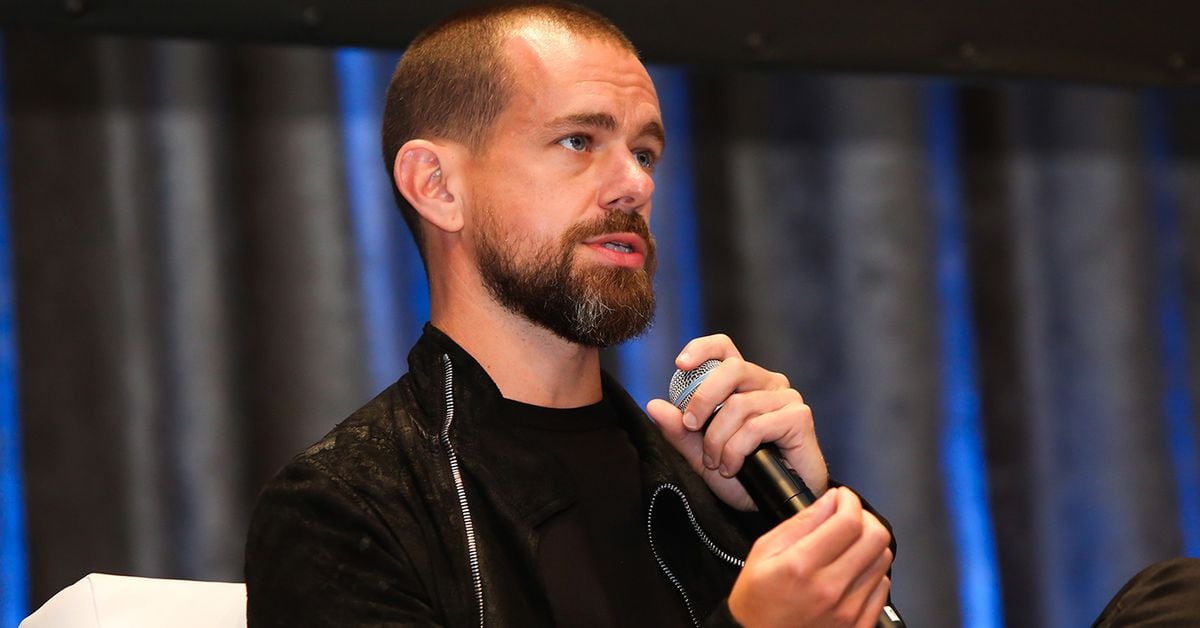
The mythology surrounding the rise of Binance, the world’s largest cryptocurrency exchange, has been impressive. However, a recent investigation by Forbes has revealed that Binance’s initial coin offering (ICO) in 2017 was actually a flop, despite claims of success by the company’s founder, Changpeng Zhao.
At the time of its ICO, Binance raised a total of $15 million, according to Zhao’s LinkedIn post. However, Forbes’ investigation found that only around 10.78 million Binance coin (BNB) tokens were actually transferred to investors during the ICO. Additionally, an extra 20 million tokens were quietly transferred to angel investors, doubling their allocation to 40 million. This means that Binance likely raised less than $5 million in its offering, not the $15 million that was claimed.
Binance has refused to respond to Forbes’ requests for more information about the ICO or provide a detailed accounting of the BNB tokens it controls. While there is nothing illegal about an issuer keeping unsold tokens, Binance’s white paper did not mention what would happen if the ICO undersold.
Despite the initial setback, Binance’s founders, including Zhao, ended up with 145 million BNB tokens, instead of the planned 80 million. These tokens, which were initially worth less than $10 million, are now valued at around $14 billion.
The investigation raises questions about Binance’s trading volume and the stability of its BNB token. The company has faced legal challenges from the U.S. Securities and Exchange Commission and Commodities Futures Trading Commission, with accusations of fraud and deceptive practices. Furthermore, BNB token has lost 68% of its value since reaching a record high in May 2021.
Binance’s troubles have led to an exodus of key employees and the company’s withdrawal from European markets. It remains to be seen how these challenges will impact the future of the world’s largest cryptocurrency exchange.






